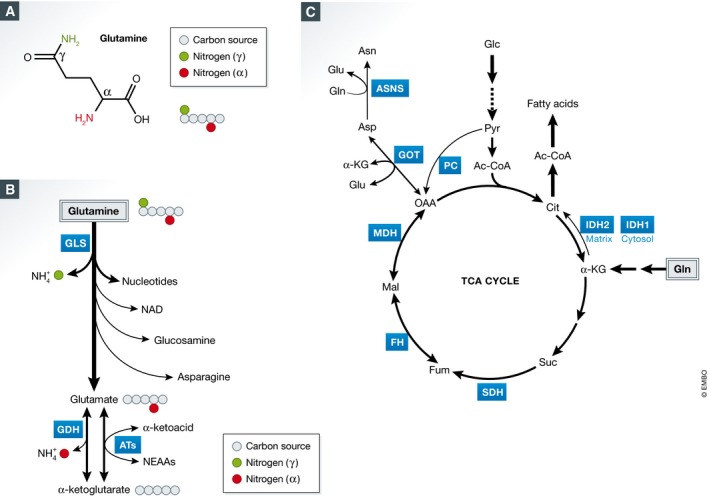Figure 1. Glutamine supplies nitrogen and carbon for biosynthetic reactions.

(A) Chemical structure of glutamine. (B) Usage of γ‐ and α‐nitrogen of glutamine in mammalian cells. GLS: glutaminase; GDH: glutamate dehydrogenase; ATs: aminotransferases. (C) Glutamine‐derived carbon enters the TCA cycle through α‐KG to supply anaplerotic substrates. Glucose‐derived pyruvate can enter the TCA cycle through OAA. This reaction is mediated by PC, which is suppressed when glutamine‐derived carbon enters the TCA cycle. Gln: glutamine; α‐KG: α‐ketoglutarate; Suc: succinate; Fum: fumarate; Mal: malate; OAA: oxaloacetate; Cit: citrate; Glu: glutamate; Asp: aspartate; Asn: asparagine; Glc: glucose; Pyr: pyruvate; Ac‐CoA: acetyl‐CoA; SDH: succinate dehydrogenase; FH: fumarase; MDH: malate dehydrogenase; GOT: aspartate aminotransferase; ASNS: asparagine synthetase; PC: pyruvate carboxylase; IDH1/2: isocitrate dehydrogenase 1/2. IDH1 is localized in cytosol.
